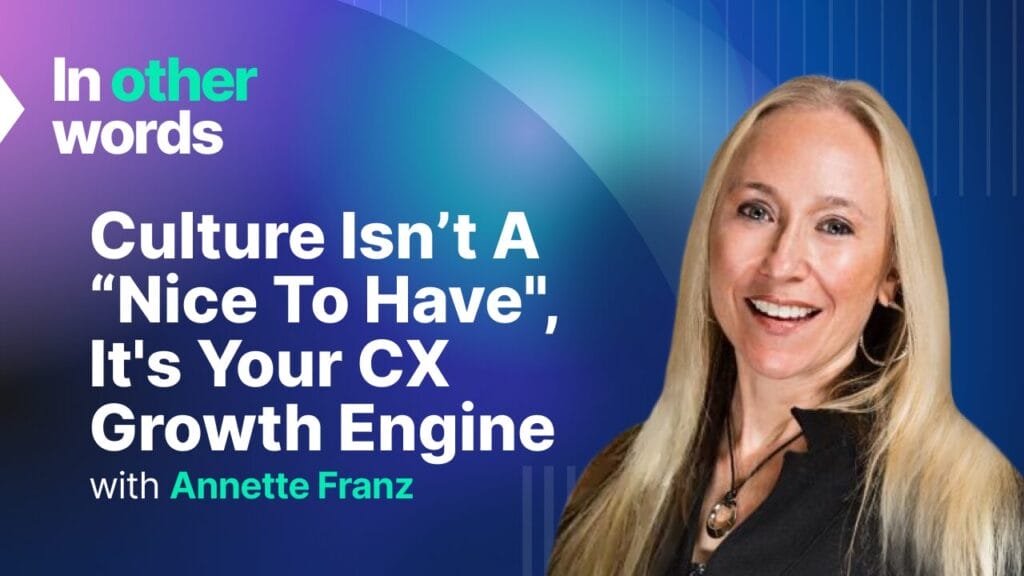A content management system (CMS) is a database designed to help organize a variety of forms of digital content: text, images, tables, captions, video, audio, etc.
The database typically has a publishing function that allows a content manager to format and publish the content to a variety of outputs. These may include websites, social media, or newsletters.
CMSs vary in sophistication, from relatively simple web publishing tools like WordPress, to complex systems designed to organize millions of documents, like the DITA-based systems used to manage technical documentation.
What are the types of content management systems?
As mentioned above, CMSs fall into categories, based on the complexity of the content being managed and the requirements for distribution of that content. Let’s take a look at how these categories differ:
Web publishing tools
Most of these CMSs originated as platforms for simple blogging and evolved into more sophisticated platforms for web development. As a development platform, they were designed to be “what you see is what you get” (WYSIWYG), meaning they do not require background coding skills like HTML or PHP.
Instead, the user fills out forms within the interface and uses visual controls to tell the database how to display the content. These forms are specialized for different types of content, for example, a form for images that includes space for captions and areas to fill in metadata about the image, to enable visually impaired people to understand the content. Examples include:
- WordPress: A free open-source CMS that is estimated to drive content delivery on over 30% of all global websites.
- Drupal: A more technically oriented web CMS similar to WordPress.
- Google Drive: Though initially designed as a replacement suite of software tools like spreadsheets and word processors, Drive has several things in common with a CMS, including content organization tools, collaboration capabilities, and digital distribution capabilities.
DITA systems
DITA (Darwin Information Typing Architecture) was created as a CMS standard by IBM in the early 2000s to help them manage over 70 million pieces of content. IBM open-sourced the standard and underlying code and there are now commercial versions available, typically sold as SaaS subscription software for enterprises.
Proprietary enterprise CMSs
These CMSs are usually designed for specific business models and security requirements like the production of products for military use. They may be customized versions of systems like DITA systems that vary from the regulated architecture standard.
How does a CMS integrate with a translation workflow?
Most CMSs allow a user to break down content into “chunks” (referred to as “types” in DITA systems) of information based on its function. This is useful in translation and localization management because these chunks can be sent to translation management systems for translation via APIs (application programming interfaces). The latter help systems communicate with each other.
This streamlines the flow of information through a translation workflow and back into the CMS for publishing and management. Some systems are designed to flow content directly into a translation memory database while maintaining version control. From there, it can be sent to translators and reviewers before round-tripping back to the CMS.
How does a CMS manage different types of content?
The more sophisticated CMSs ask the creator of the content to define each piece of content by type. A type might be a task list, a legal disclaimer, an explanation, or a media type like a video. These chunks of content can be organized with maps that link them together to create documents like a manual. These docs may share content pieces like a disclaimer and a safety statement, then add a customized ordered task list like assembly instructions.
By having each piece of a larger document treated as a piece of data, the system can allow the reuse of chunks like legal disclaimers in a variety of documents or places. Reuse is particularly beneficial with translated content as it eliminates duplicate translations of commonly used text that might appear in multiple documents or knowledge bases.
Who benefits most from using a content management system?
A CMS is beneficial to anyone managing information for distribution to a digital resource. This can include:
- Marketing managers
- Product managers
- Web publishers
- Localization managers
- Product managers
- Technical writers
- Content writers, etc.
What is the return on investment (ROI) of a CMS?
Although there is a learning curve for any of these tools, the return for the user and their business or organization is significant. It is measurable financially by savings in time to create and publish content, by the ability to get products to market faster by streamlining the documentation development processes, and by the elimination of errors and omissions.
Errors and omissions in content development can often be traced to things like using email attachments to transmit content between parties. Each of these attachments creates a new version of the content and, as changes are made to it, version control becomes a problem.
With a CMS there is a centralized data warehouse of content that is accessed remotely rather than via an attachment. This functionality alone is critical to managing processes like translation into multiple languages where errors can multiply.
The use of CMSs has become standard across most businesses as legacy tools like MS Word and email become difficult to track when you have large quantities of content. However, even these legacy systems are now adding capabilities that effectively turn them into basic CMSs.





